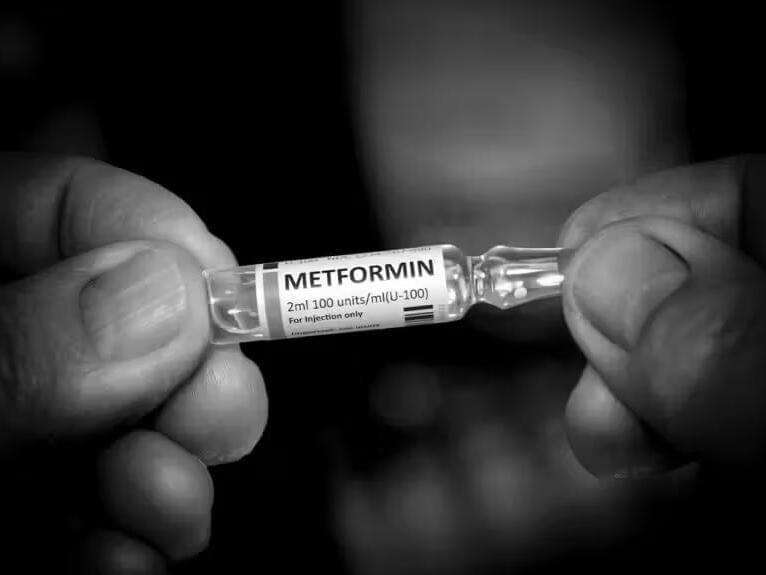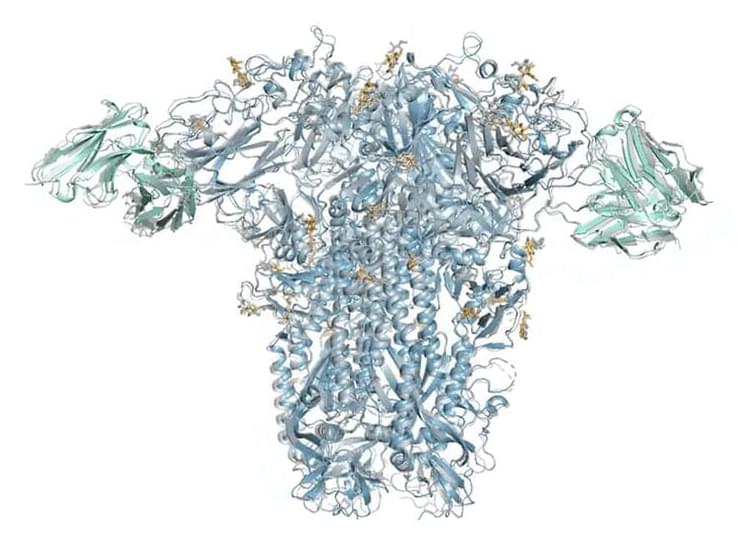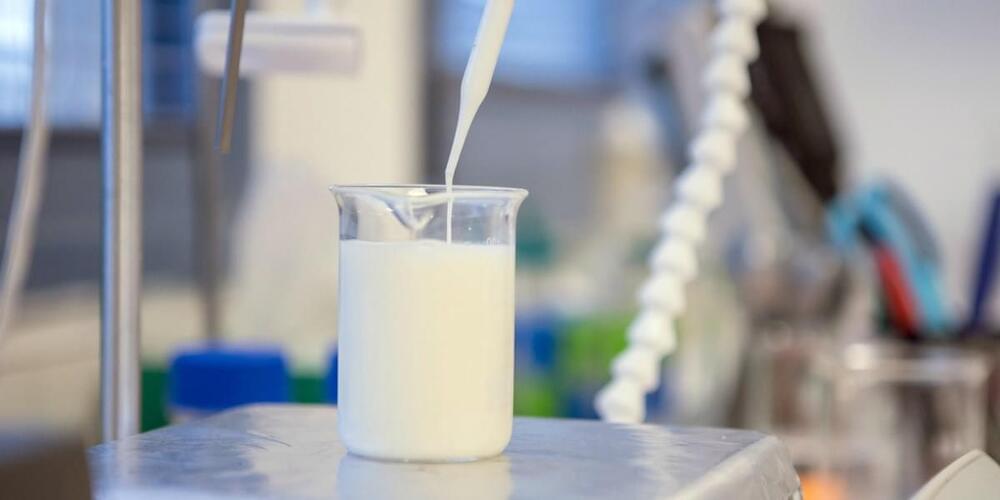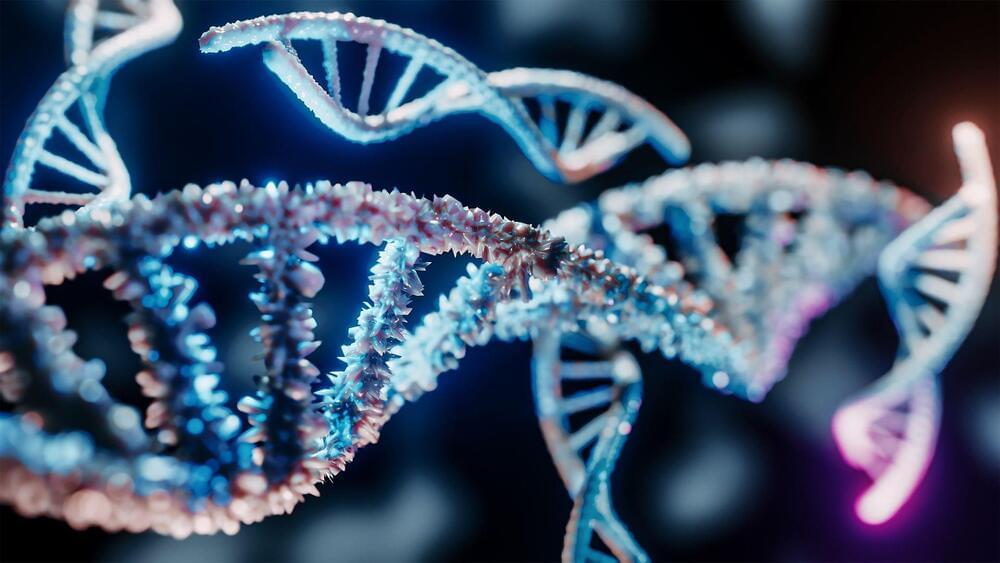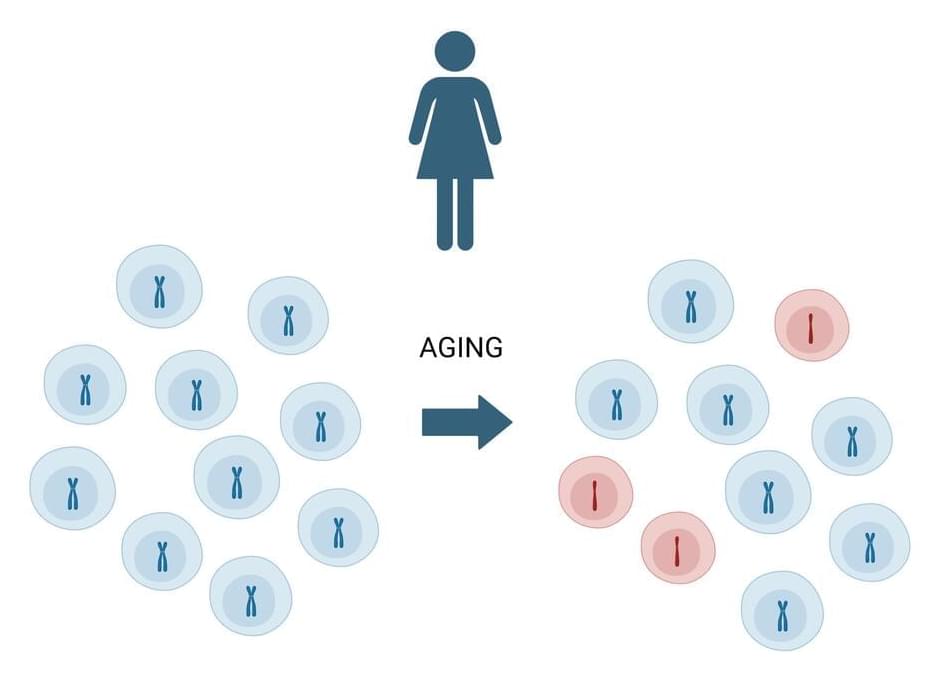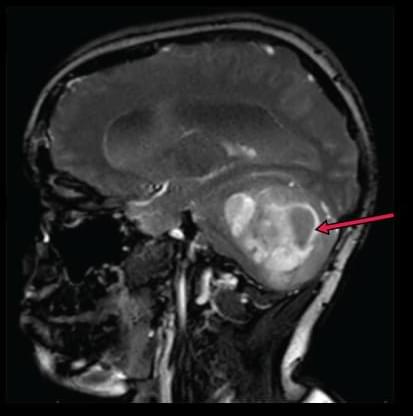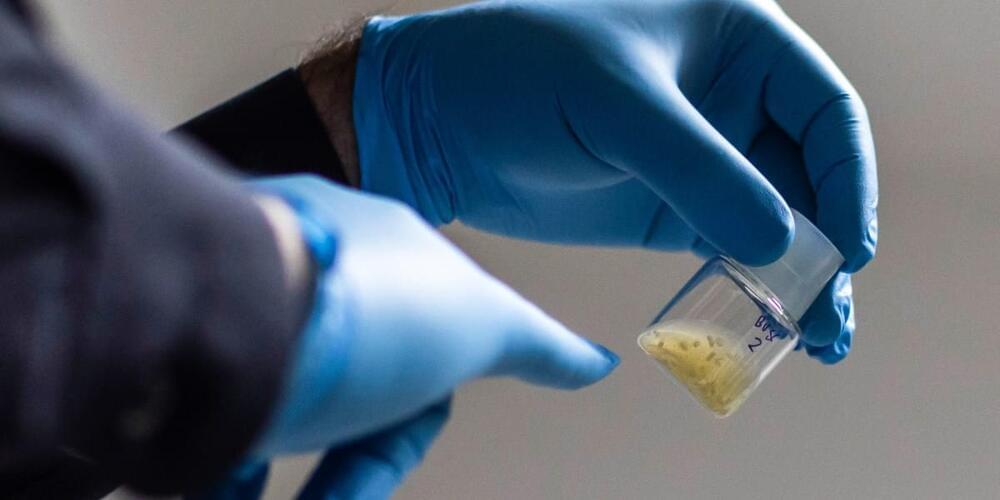
“We need a defined framework, but instead what we see here is a fairly wild race between labs,” one journal editor told me during the ISSCR meeting. “The overarching question is: How far do they go, and where do we place them in a legal-moral spectrum? How can we endorse working with these models when they are much further along than we were two years ago?”
So where will the race lead? Most scientists say the point of mimicking the embryo is to study it during the period when it would be implanting in the wall of the uterus. In humans, this moment is rarely observed. But stem-cell embryos could let scientists dissect these moments in detail.
Yet it’s also possible that these lab embryos turn out to be the real thing—so real that if they were ever transplanted into a person’s womb, they could develop into a baby.


